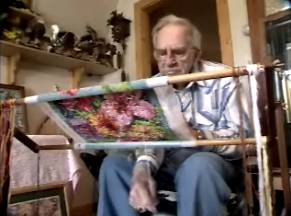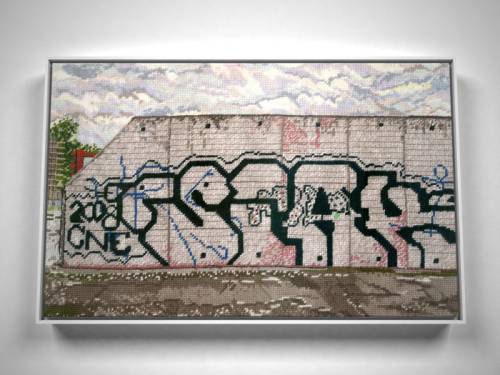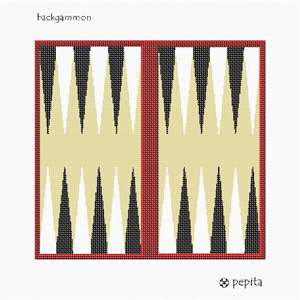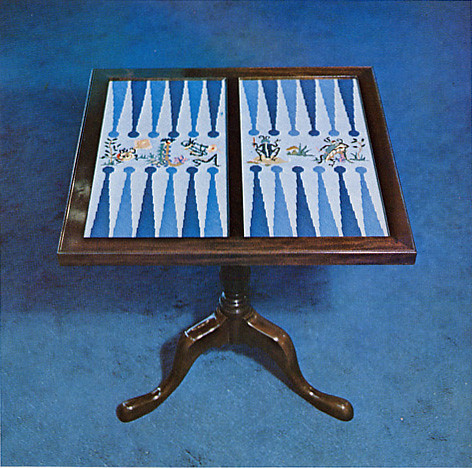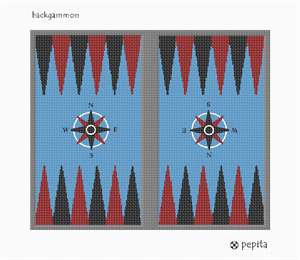
In my article The Needlepoint Beginner – How Do I Start Stitching, I touched briefly on the subject of using needlepoint frames. I recently had the opportunity to read Brenda Stimpson’s article Should I Use a Needlepoint Frame? over at EZine Articles, so I thought I would expand a bit on the topic.
A needlepoint frame is a wood contraption that holds your canvas taut while you work. Using a frame offers the following advantages:
- Warp Drive. All those stitches pull the canvas in different ways. The tension can result in a warped canvas. A frame protects your canvas from this by holding it firmly taut at all times.
- Get Around the Blocking. For smaller canvases, using a frame may eliminate the need to have the canvas blocked once it is finished. This is not the case for larger projects.
- Getting Down and Dirty. Your hands aren’t always perfectly clean. Constant handling of the canvas can result in noticeable dirt accumulation or other soiling. When the canvas is pinned to a frame, you touch it less.

Some needlepointers take the point of view that you must use a needlepoint frame or stand to do good work. Others say that without a frame you are more susceptible to injury, such as Carpal Tunnel Syndrome, by the constant repetitive cramped-hand action. I don’t think either of these have been scientifically proven, though. I’d love to see some data! 🙂
The main disadvantage of using frames is mobility. If you will be taking this stuff with you everywhere, on the bus, train, in the car, up and down the stairs in your home, to the hairdresser, whatever, the bulk of extra equipment will make it harder.
The warping issue can be mitigated by reviewing your work periodically for signs of distortion. If you nip it in the bud, you can fix it by loosening some stitches to ease the lateral stress. Or you can try applying opposing tension nearby to compensate. In any event, your framing service will do a decent job of blocking the completed work.
Another thing to consider is your personal stitching style; it is profoundly affected by the use of a frame. Since the frame is maintaining tension in your canvas, you will find it difficult to pull thread through more than one hole at a time. Since the canvas material will not bend, you need to push the needle down, catch it on the underside and then push it back up. Many stitchers find it easier to thread the needle through a few holes at a time, if that’s how you like to do it, don’t use a frame.
Some other useful links related to needlepoint frames are:
- Needlepoint Frames at Needlepoint For Fun
- Should I Use a Needlepoint Frame? by Brenda Stimpson
- Amazon.com sells a simple frame set for about $35.00.
